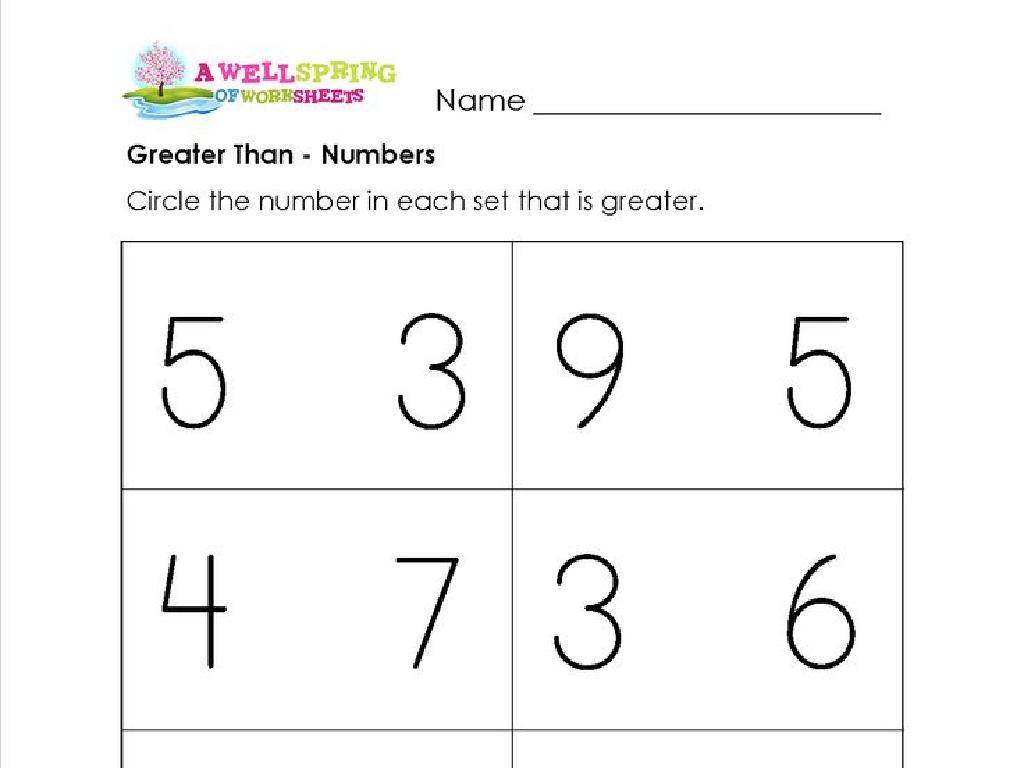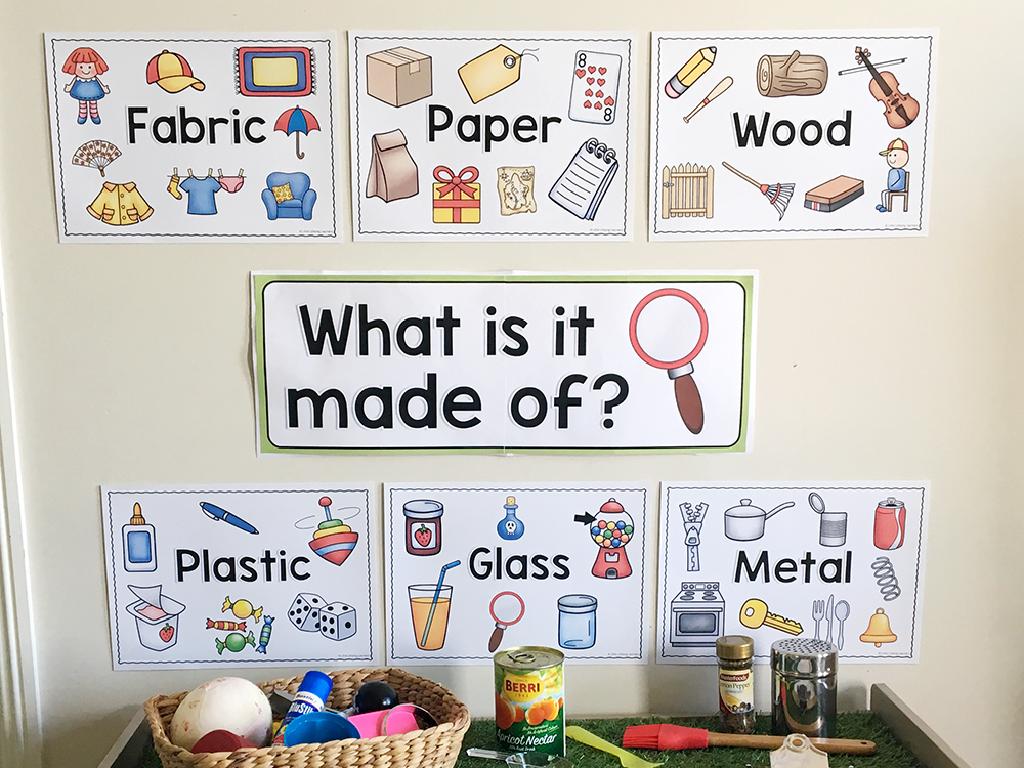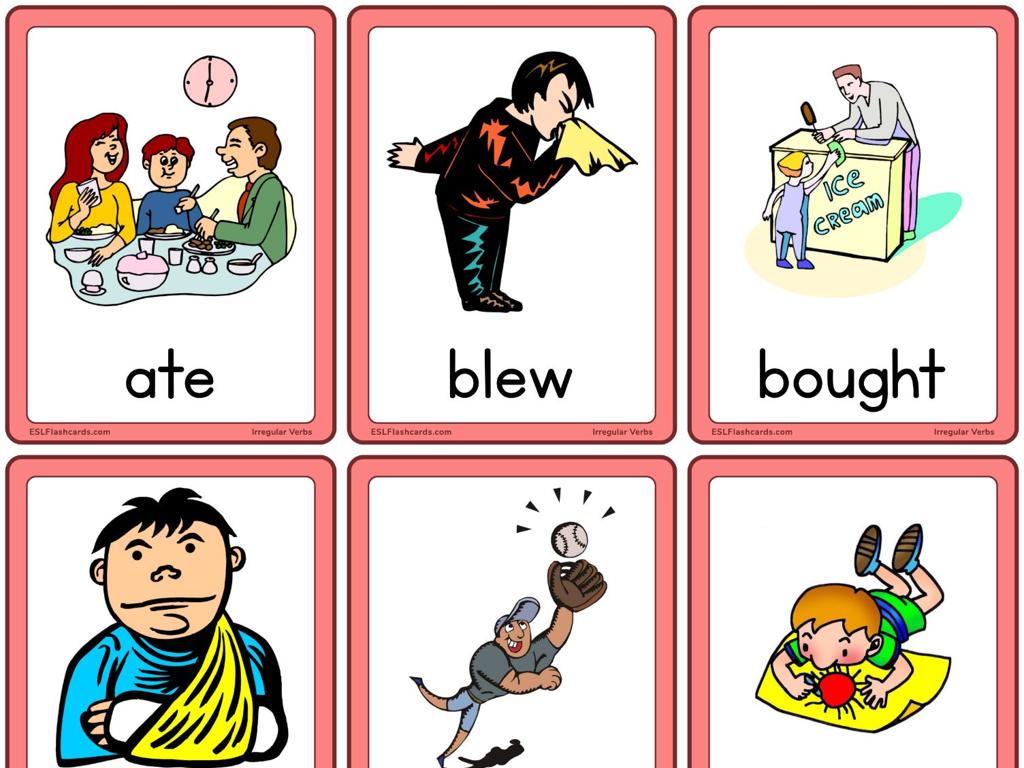Value Of A Digit - Tens And Ones
Subject: Math
Grade: Second grade
Topic: Place Value
Please LOG IN to download the presentation. Access is available to registered users only.
View More Content
Understanding Place Value: Tens and Ones
– What is place value?
– Place value tells us the value of a digit based on its position.
– The ‘Tens’ place
– ‘Tens’ have 10 times the value of ‘Ones’.
– The ‘Ones’ place
– ‘Ones’ are single units and the building blocks of numbers.
– Counting with place value
– We use tens and ones to count and understand bigger numbers.
|
This slide introduces the concept of place value, which is fundamental in understanding how numbers are structured and how to count. Start by explaining that each digit in a number has a different value depending on where it is placed. Emphasize that the ‘Tens’ place represents groups of ten, and the ‘Ones’ place represents single units. Use examples like ’10’ being 1 group of ten and ‘1’ being a single unit. Show how combining tens and ones gives us different numbers, such as ’15’ being 1 group of ten and 5 ones. Use visual aids like blocks or drawings to help students visualize the concept. Encourage students to practice by identifying the tens and ones in various numbers.
Understanding Place Value: Tens and Ones
– What is place value?
– It’s the value of where a digit is in the number.
– Place value grows by tens
– Each step to the left is 10 times larger.
– Focus on ones and tens places
– Ones are single units, tens are groups of ten.
– Practice with examples
– Let’s try with numbers like 45 and 32.
|
This slide introduces the concept of place value, which is fundamental to understanding numbers in math. Explain that the value of a digit is determined by its position in a number. Emphasize that as we move from right to left, each place is 10 times bigger than the previous one. Today’s lesson will focus on the ones and tens places, which are the building blocks of our number system. Provide examples such as 45, where ‘4’ is in the tens place and represents 40, and ‘5’ is in the ones place and represents 5. Encourage students to practice with different numbers to solidify their understanding of place value.
Understanding the Ones Place
– What is the ones place?
– It represents single units in a number
– Location of the ones digit
– It’s the rightmost digit in a number
– Counting objects for ones
– Use items like pencils or blocks to count
– Practice with examples
|
This slide introduces the concept of the ones place, which is fundamental to understanding place value. The ones place represents the number of single units and is always the first digit from the right in a number. To help students grasp this concept, use tangible objects such as pencils or blocks to demonstrate counting in ones. Have the students practice by counting various small items to determine the number of ones. Encourage them to recognize the ones place in different numbers and understand its value. This practical activity will solidify their comprehension of the ones place and its role in the place value system.
Understanding the Tens Place
– The tens place in a number
– Second digit from the right side
– It shows groups of ten
– If we have 43, the 4 in tens place means 4 groups of ten
– Grouping objects into tens
– Use items like pencils or blocks to make groups of 10
– Practice with examples
|
This slide is aimed at helping second-grade students understand the concept of the tens place in a two-digit number. Explain that the tens place is the second digit from the right and it represents how many groups of ten are in the number. For example, in the number 43, the ‘4’ is in the tens place and indicates there are four groups of ten. To reinforce this concept, have students practice grouping objects like pencils or blocks into groups of ten. This visual and hands-on activity will help solidify their understanding of place value. Encourage students to bring examples from home that represent tens and ones for the next class.
Building Numbers with Tens and Ones
– Every number is made of tens and ones
– Example: 15 is 1 ten and 5 ones
– Like building blocks, 10 ones make a ‘ten’
– Practice building numbers
– We’ll use blocks or drawings to create numbers
– Understanding place value
– Knowing tens and ones helps us read and write numbers
|
This slide introduces the concept of place value, specifically focusing on tens and ones. Start by explaining that all numbers are made up of tens and ones, much like building blocks. Use the example of the number 15 to show that it consists of 1 ten and 5 ones. Encourage students to practice by choosing numbers and breaking them down into tens and ones, using physical blocks or drawings to visualize. Emphasize the importance of understanding place value as it is fundamental to all math operations. For the activity, have students work with partners to build different numbers and then share their findings with the class. Possible activities include using manipulatives, drawing place value charts, or playing a matching game with numbers and their corresponding tens and ones.
Practice Time: Tens and Ones
– Now it’s your turn to try
– Identify tens and ones
– Look at numbers and find the tens place and the ones place
– Partner worksheet activity
– Work together on the worksheet to practice
– Share your answers
– Discuss what you found with your partner and the class
|
This slide is designed to engage students in a hands-on activity to reinforce their understanding of place value, specifically the tens and ones places. Students should be paired up and provided with a worksheet that contains a variety of numbers. The teacher should walk around the classroom to assist pairs as needed, ensuring that each student is actively participating and understanding the concept. After completing the worksheet, students should be encouraged to share their answers with the class to foster a collaborative learning environment. This activity will help solidify their grasp of place value and prepare them for more complex mathematical concepts.
Class Activity: Place Value Match Game
– Match numbers with tens and ones
– Work together in small groups
– Find the most matches to win
– Understand tens and ones better
– Reinforces concept of place value
|
This interactive class activity is designed to help second-grade students understand the concept of place value, specifically focusing on tens and ones. Divide the class into small groups and provide each group with a set of number cards and corresponding tens and ones cards. Students will work together to match each number to the correct set of tens and ones. The group that finds the most correct matches will be declared the winner. This game encourages teamwork, critical thinking, and reinforces the students’ understanding of place value in a fun and engaging way. Possible variations of the activity could include using different numbers, incorporating hundreds for advanced groups, or timing the activity for added challenge.
Conclusion: Tens and Ones
– Great job learning place values!
– Digit position equals value
– The first place is ‘ones’, second is ‘tens’
– Practice with tens and ones
– Try writing numbers using blocks
– Keep practicing at home!
– Use worksheets to reinforce learning
|
As we wrap up our lesson on place value, it’s important to reinforce the concept that the position of a digit within a number determines its value. The rightmost position represents ‘ones’ and the next position to the left is ‘tens’. Encourage students to continue practicing with physical blocks or drawings to represent tens and ones, which will help solidify their understanding. Provide take-home worksheets for additional practice and suggest that parents engage with their children by asking them to explain place value using everyday objects or scenarios.






